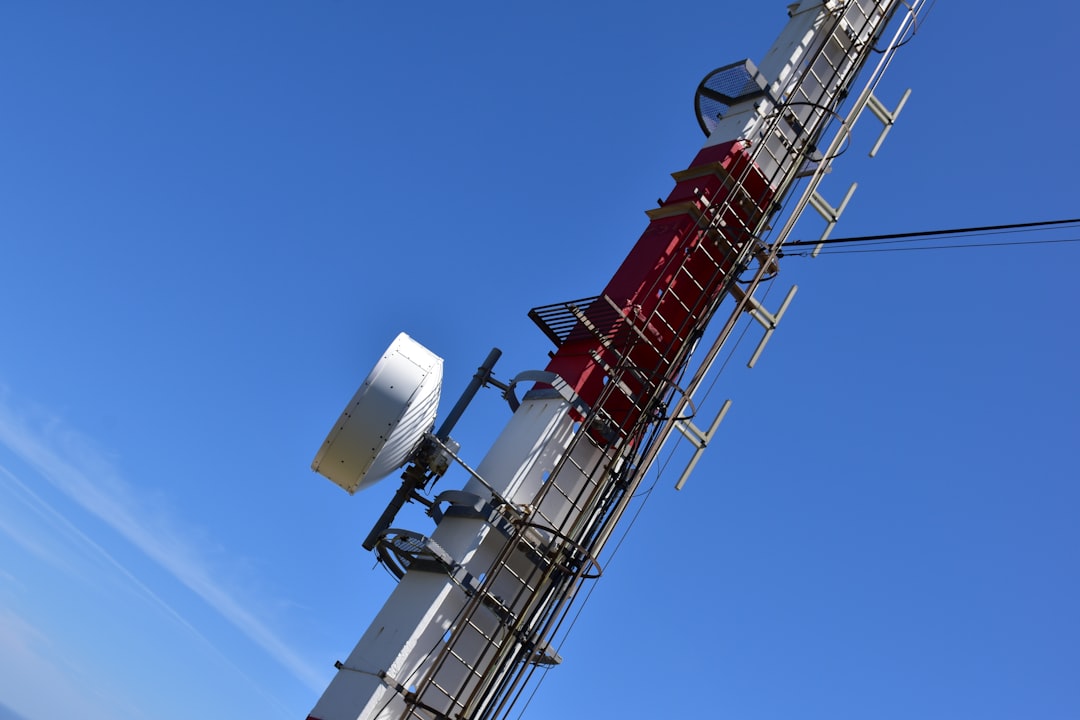What is it about?
The extracellular ionic microenvironment has a close relationship to biological activities such as by cellular respiration, cancer development, and immune response. A system composed of ion-sensitive field-effect transistors (ISFET), cells, and program-controlled fluidics has enabled the acquisition of real-time information about the integrity of the cell membrane via pH measurement. Here we aimed to extend this system toward floating cells such as T lymphocytes for investigating complement activation and pharmacokinetics through alternations in the plasma membrane integrity. We functionalized the surface of tantalum oxide gate insulator of ISFET with oleyl-tethered phosphonic acid for interacting with the plasma membranes of floating cells without affecting the cell signaling. The surface modification was characterized by X-ray photoelectron spectroscopy and water contact angle measurements. The Nernst response of −37.8 mV/pH was obtained for the surface-modified ISFET at 37 °C. The oleyl group-functionalized gate insulator successfully captured Jurkat T cells in a fluidic condition without acute cytotoxicity. The system was able to record the time course of pH changes at the cells/ISFET interface during the process of instant addition and withdrawal of ammonium chloride. Further, the plasma membrane injury of floating cells after exposure by detergent Triton™ X-100 was successfully determined using the modified ISFET with enhanced sensitivity as compared with conventional hemolysis assays.
Featured Image
Read the Original
This page is a summary of: Oleyl group-functionalized insulating gate transistors for measuring extracellular pH of floating cells, Science and Technology of Advanced Materials, July 2016, Taylor & Francis,
DOI: 10.1080/14686996.2016.1198217.
You can read the full text:
Contributors
The following have contributed to this page










